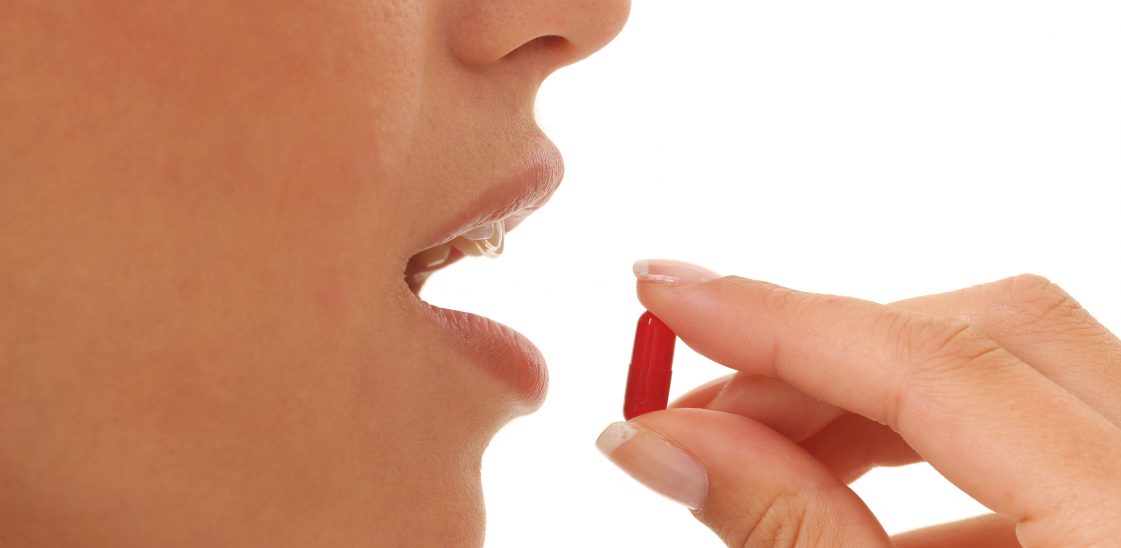
How to take lozenge tablets
When you have a sore, itchy or irritated throat, a throat lozenge can help to numb the pain and soothe the area so you can get on with your day[1]. If you’re unsure how to take a throat lozenge or how they work, Chloralieve has created this guide that could provide you with the necessary information.
How do throat lozenges work?
Lozenges may look (and taste!) like sweets, but they certainly serve a different purpose. These tablets are purely medicinal and should be used when you have a tickly cough or a sore throat.
When you suck on a lozenge, it dissolves slowly, releasing the medicine that’s inside. Generally, throat lozenges contain lidocaine, a local anaesthetic that can help to numb the pain, as well as antiseptics that can fight infection, including amylmetacresol and 2,3-dichlorobenzyl alcohol.
Depending on the type of lozenges you purchase, they may also contain painkillers, like benzydamine hydrochloride and antitussives, which can suppress a cough, such as pholcodine.
All of these things work together, not just to numb your pain but to eradicate the bacteria at the source and get rid of your sore throat for good. Sometimes, these products also contain naturally soothing ingredients, including mint, eucalyptus and honey[2].
The slower you can allow the lozenge to dissolve the better, because it gives the anaesthetic a proper chance to work. The act of sucking something will also increase saliva production, which in turn can reduce pain and itchiness in your throat.
Below, we delve deeper into how you should take a lozenge to get the most benefits.
How to take lozenges
A lozenge that’s being used to alleviate a sore throat should be placed in the mouth and allowed to dissolve slowly. It’s important that you don’t chew it or swallow it whole, because it won’t have time to work effectively.
By slowly sucking on the lozenge, it can dissolve and begin to work on your sore throat each time you swallow. It creates a coating on the lining of your throat that can reduce pain for up to two hours.
Chloralieve recommends that you don’t tuck the lozenge up between your gums and teeth. While this action is tempting so you can continue to talk with the lozenge in your mouth, it can reduce the effectiveness of the medication. The tablet is most effective when it’s allowed to dissolve slowly either in the centre of your mouth or on your tongue.
Lozenges are best taken at least 15 minutes after eating or drinking in order to be most effective. You can take one approximately every two to three hours, but shouldn’t consume more than eight lozenges over a 24-hour period. If taking lozenges alone isn’t helping, there are other methods you can try alongside this treatment, including gargling salt water, drinking warm liquids and sucking on ice to reduce swelling and tenderness.
If your sore throat persists for more than seven days and throat lozenges aren’t helping, you should speak to your doctor for further advice and/or treatment[1].
Resources:
